Climate science
-

While the rapid disappearance of sea ice in the Arctic has been big news as the poles get warmer (especially the North Pole, which has ocean beneath it rather than a big chunk of ice like the South Pole does), another important story is just starting to be recognized. That is the thawing of the…
-
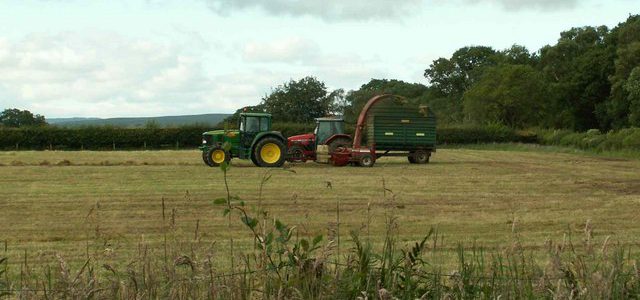
While carbon dioxide and methane are the two most common greenhouse gases, nitrous oxide is also a potent contributor to our warming climate. Overuse of fertilizers containing nitrogen in farming has been identified as one of agriculture’s contributions because it can contribute to the addition of nitrous oxide to the atmosphere. Recently scientists at Auburn…
-
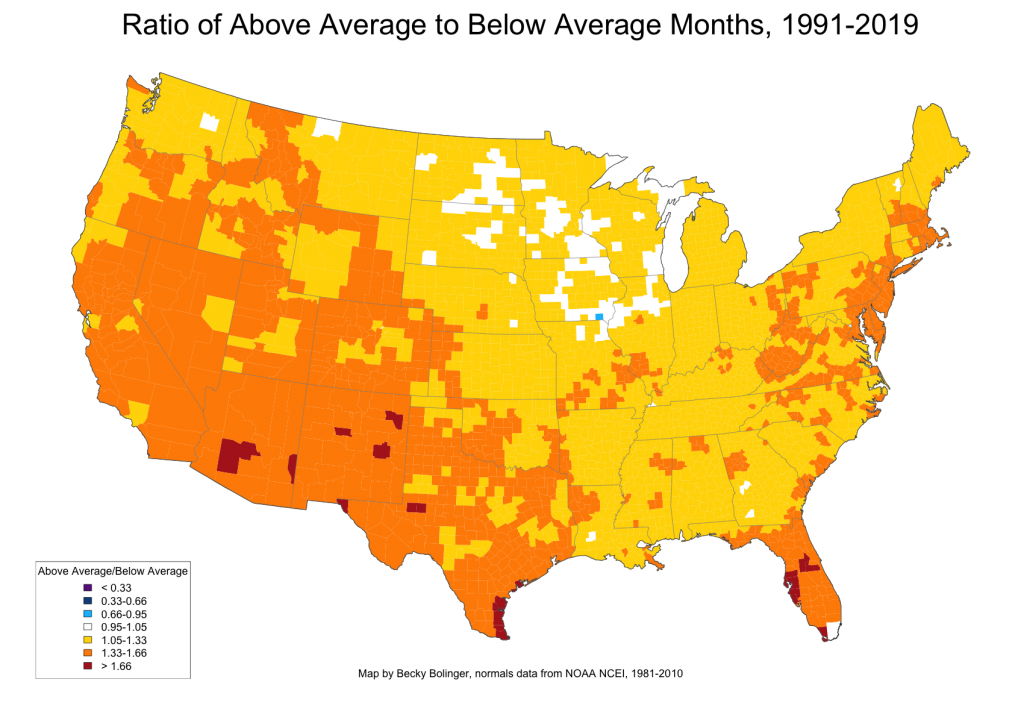
How do we determine what “normal” weather is? Climatologists use a 30-year average to calculate normal temperature and precipitation for stations around the US. The last averaging period was 1981-2010, which means that we have less than a year to go before the next averaging period begins (1991-2020). How are the normals expected to change…
-
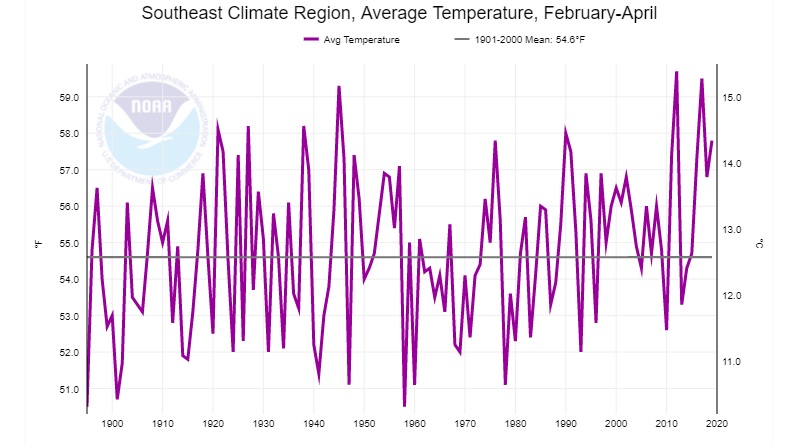
A journal article released today in Science Advances shows that when springlike temperatures occur earlier in the year, plants green up earlier and draw more moisture out of the soil, changing the water balance by increasing evapotranspiration and drying out the soil earlier in the growing season. It could also amplify summer droughts by reducing…
-

This week I ran across a story about Antarctic ice sheets and how a collapse of one of the sheets in the Western Antarctic could result in rapidly rising sea levels. While this story is about a year old, it was new to me and provided more context about how the ice sheets are melting…
-
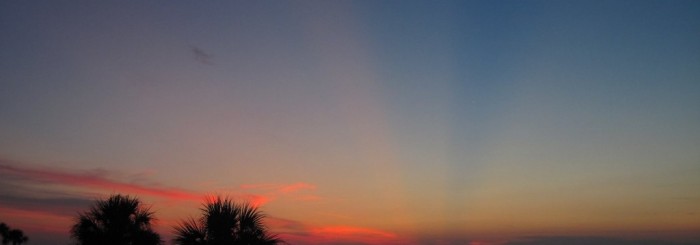
While I have been away, I’ve read lots of interesting stories about weather and climate in the news. Here are a few I really liked, in no particular order. Forbes.com: Five social media posts about weather that need to go away in 2020 Yale Climate Connections: The case for growing lettuce in New England, even…
-
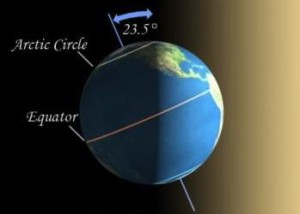
Late this evening we will officially be at the Winter Solstice, the shortest day of the year in the Northern Hemisphere. You can read more about this year’s event at the links below. For astronomy types, it marks the beginning of winter. EarthSky: The December solstice is coming Vox: Ten things to know about the…